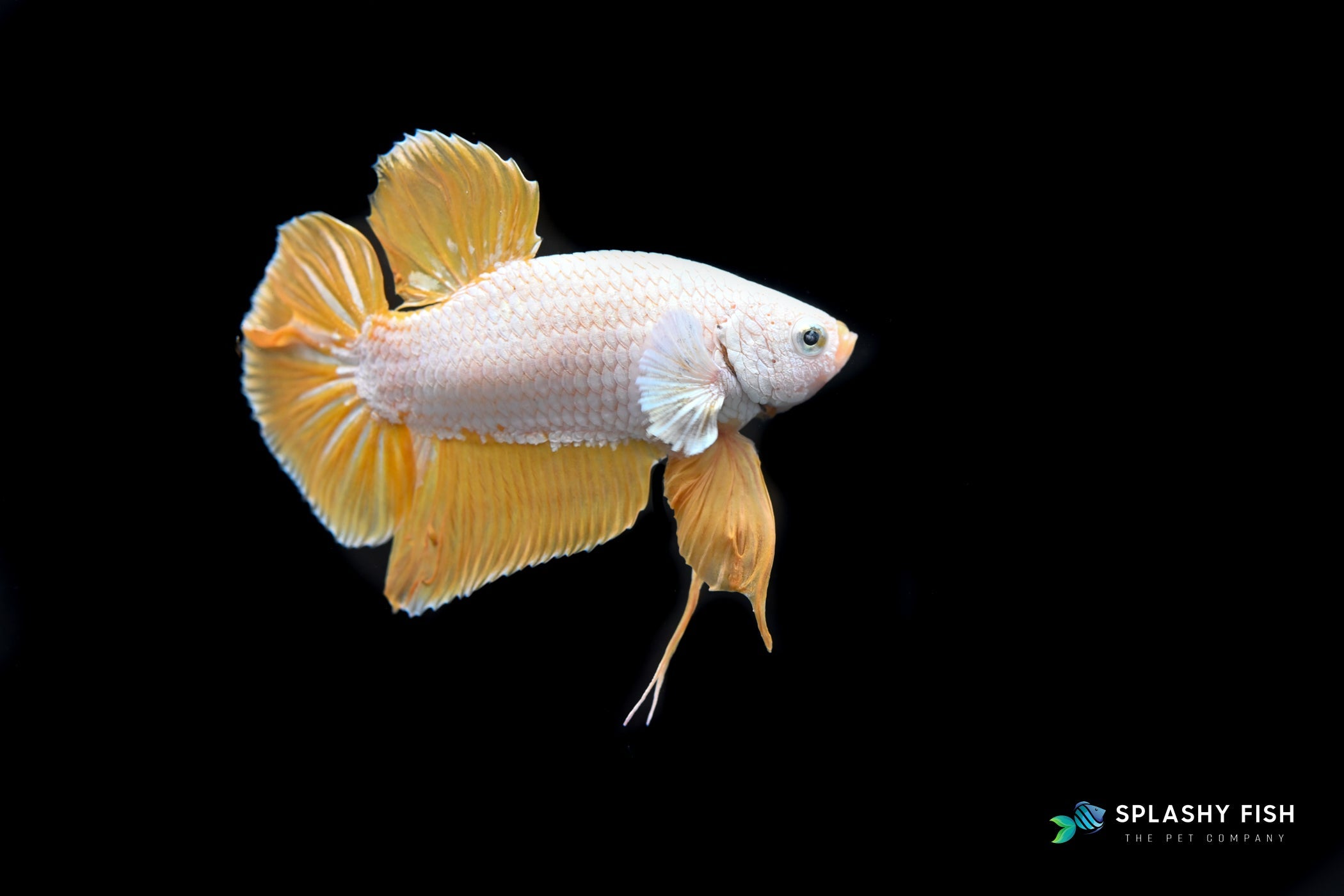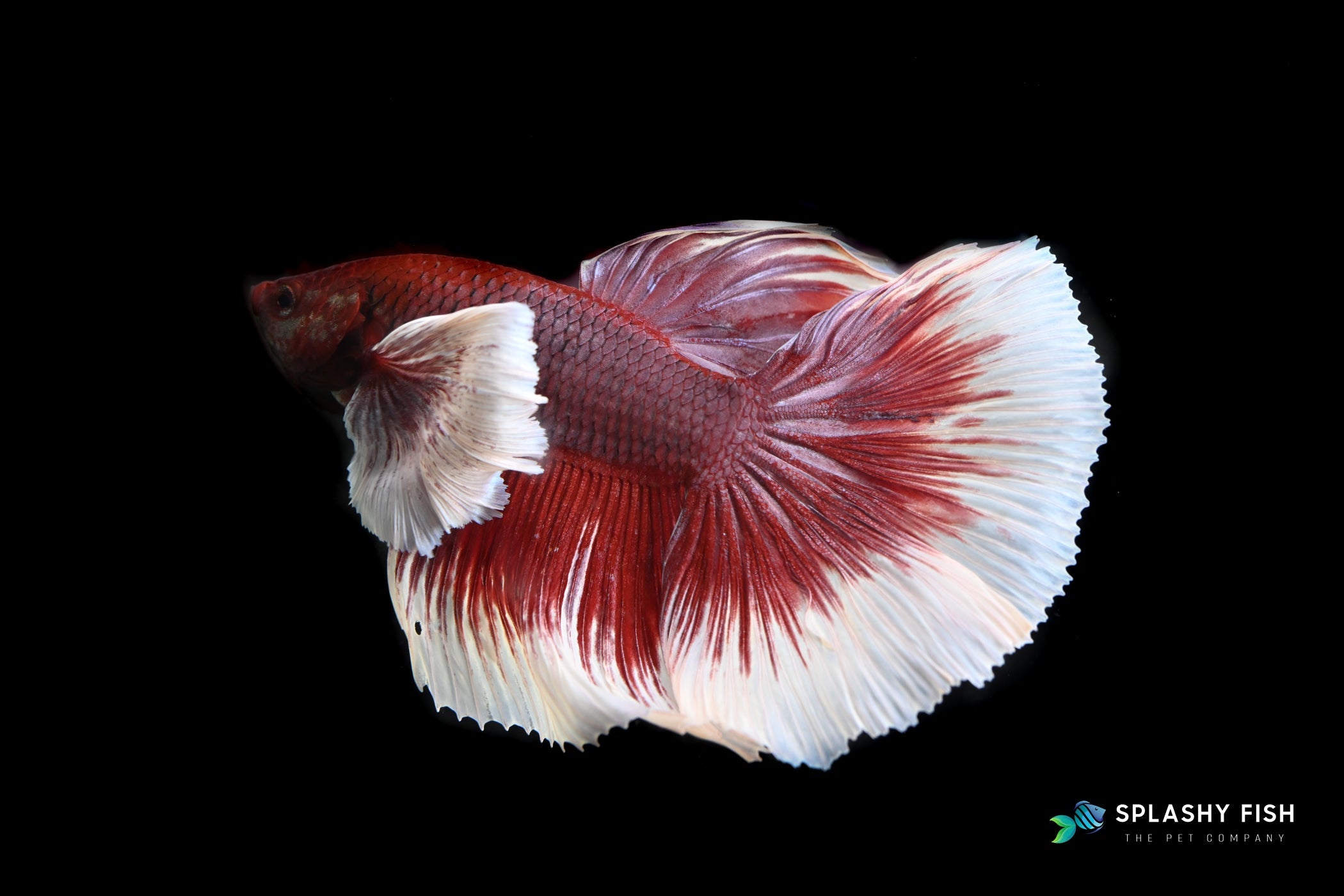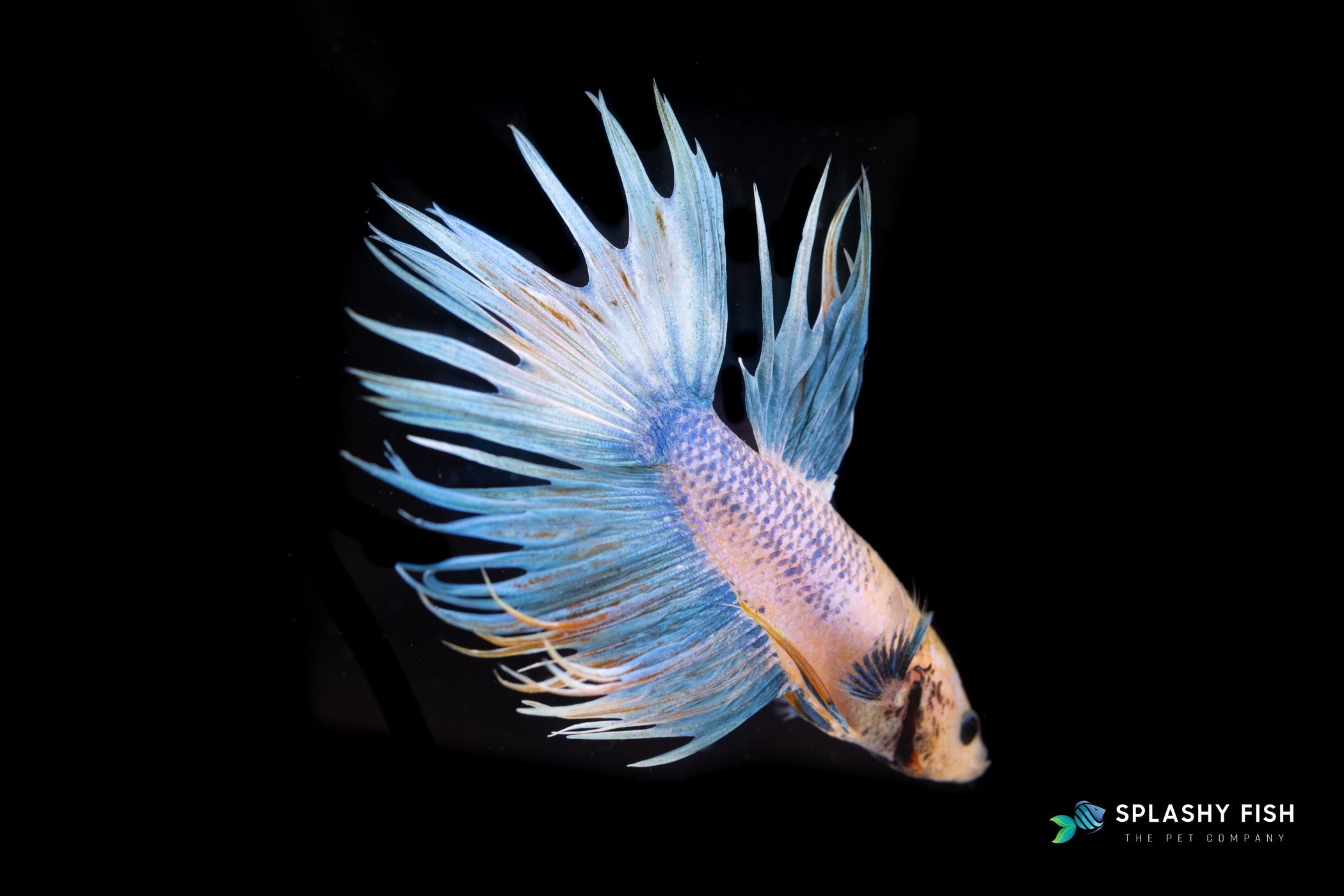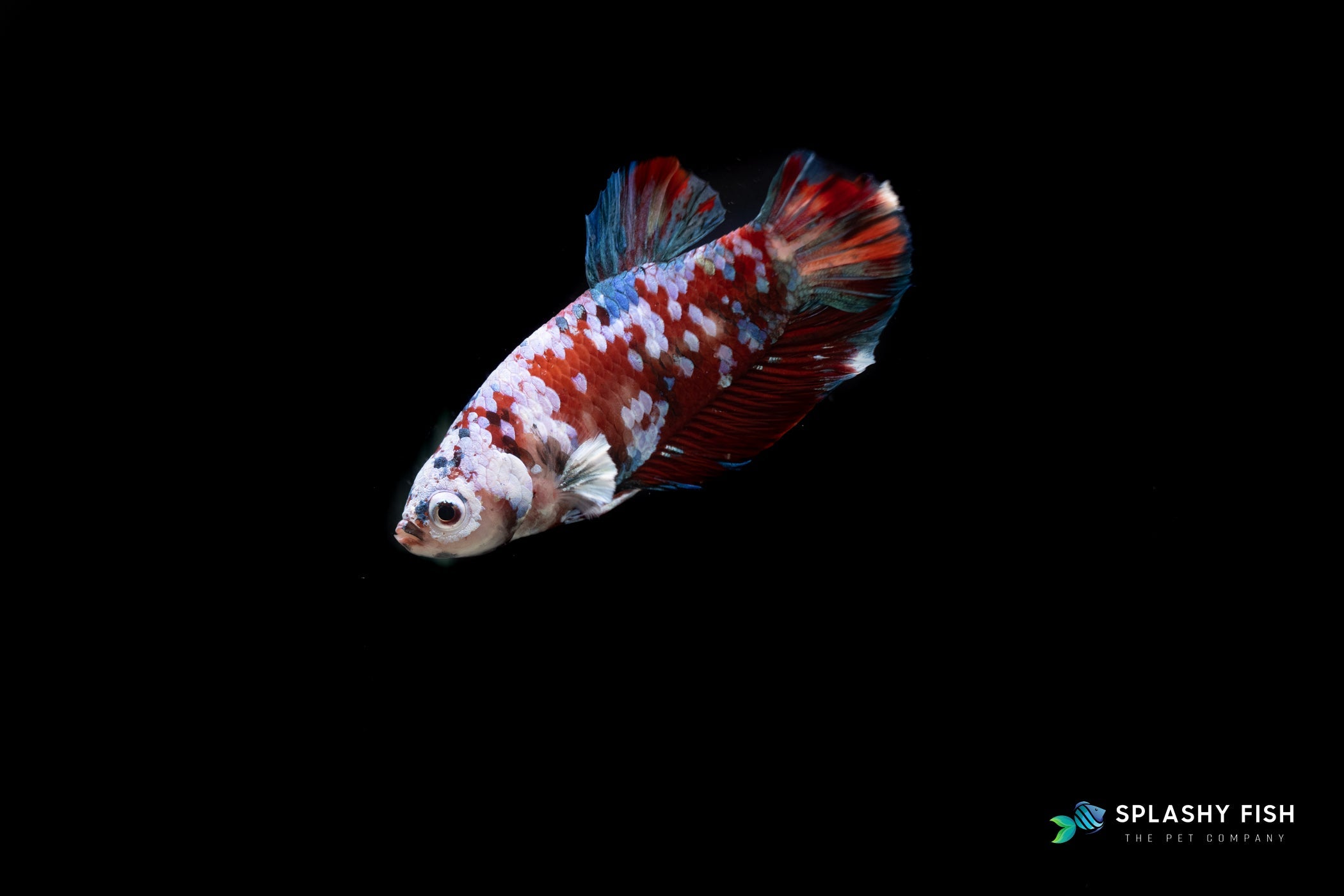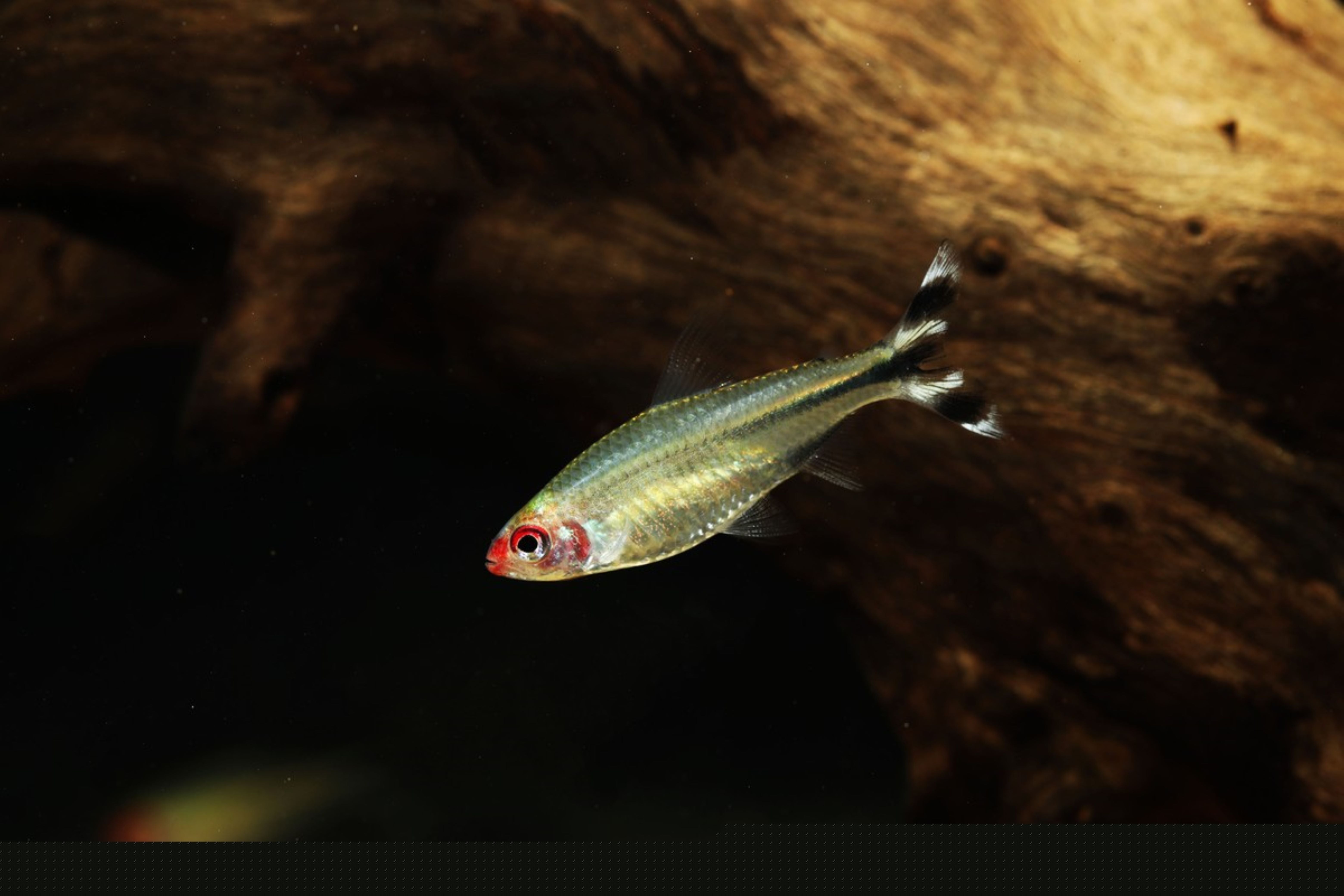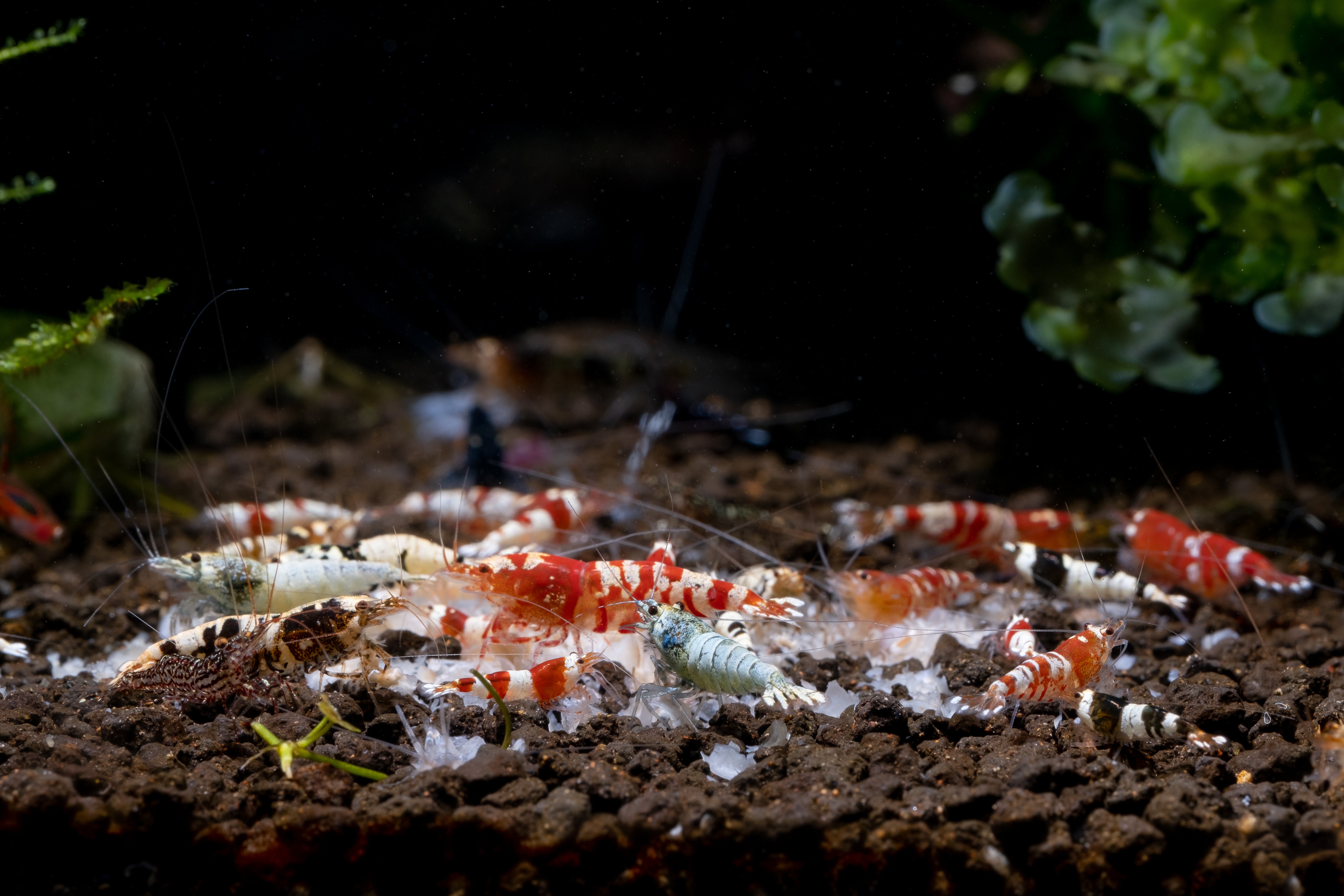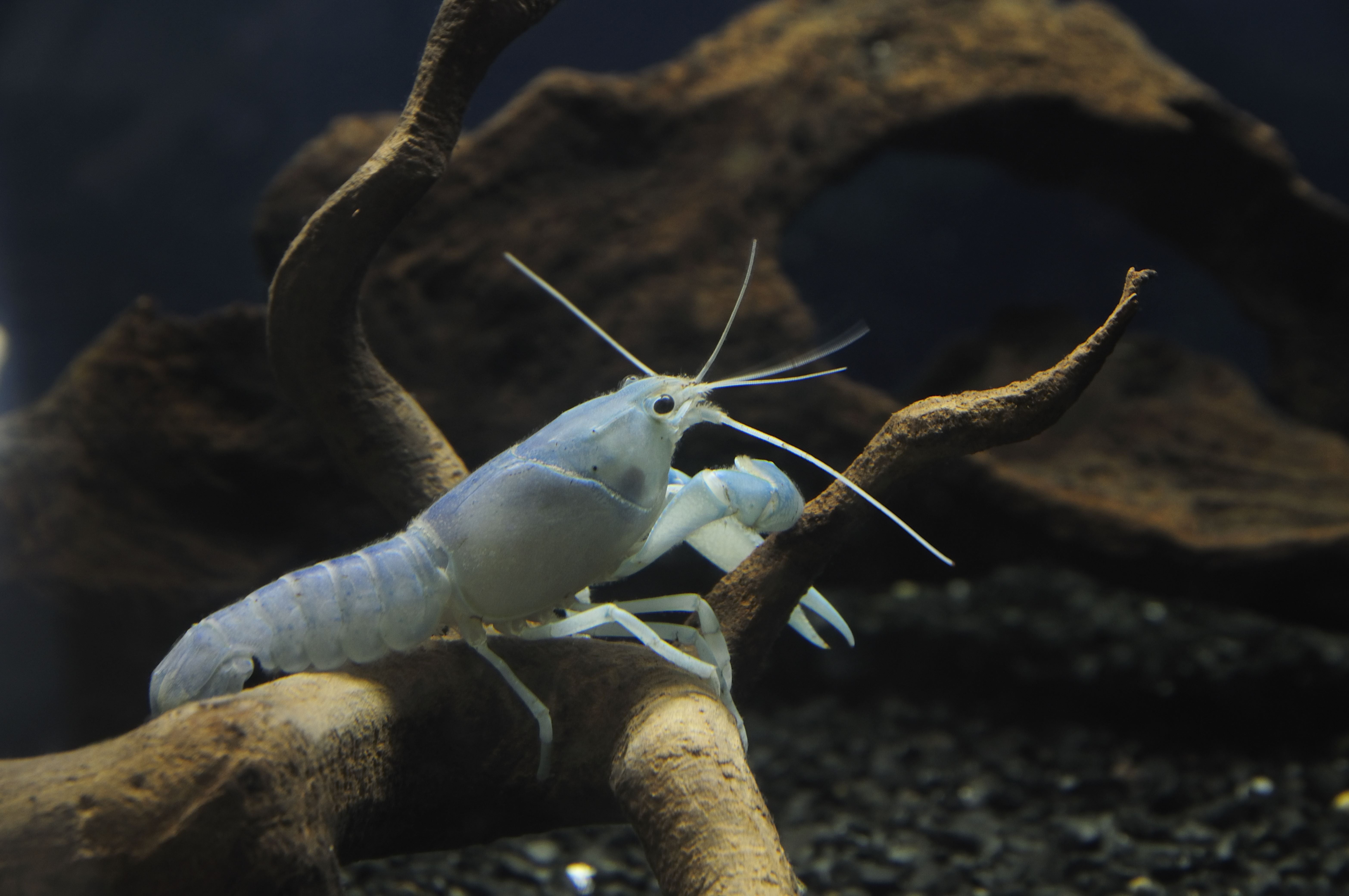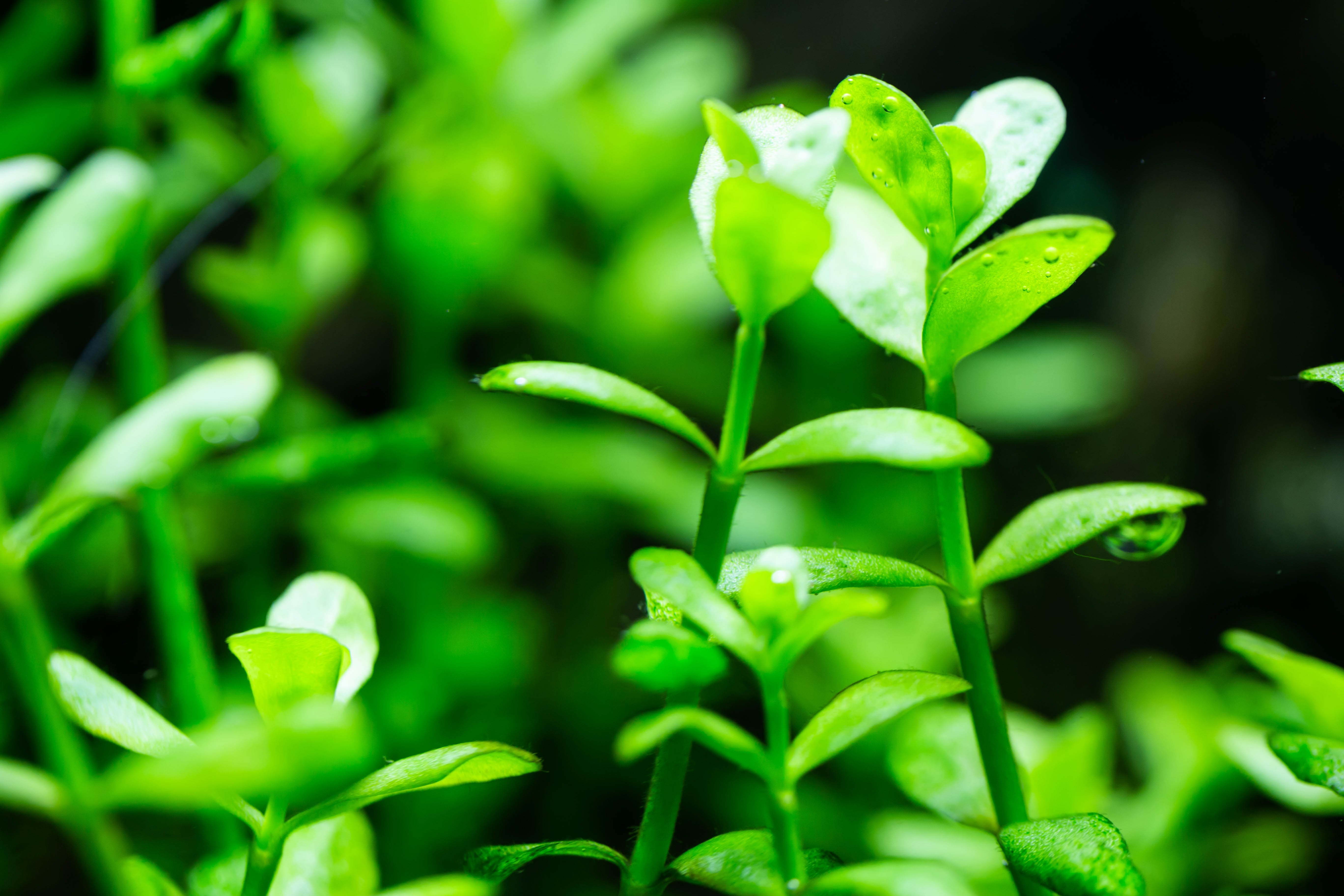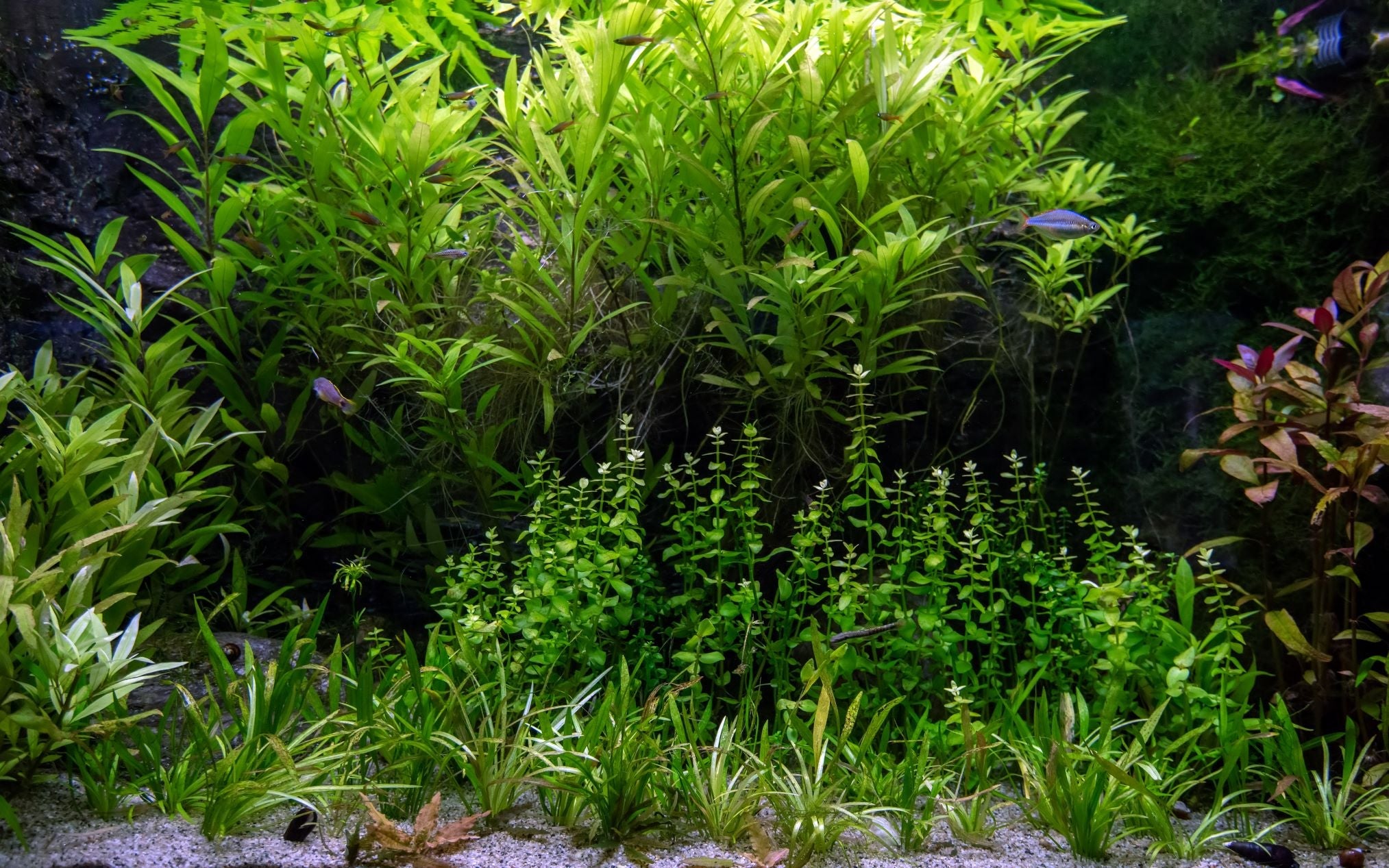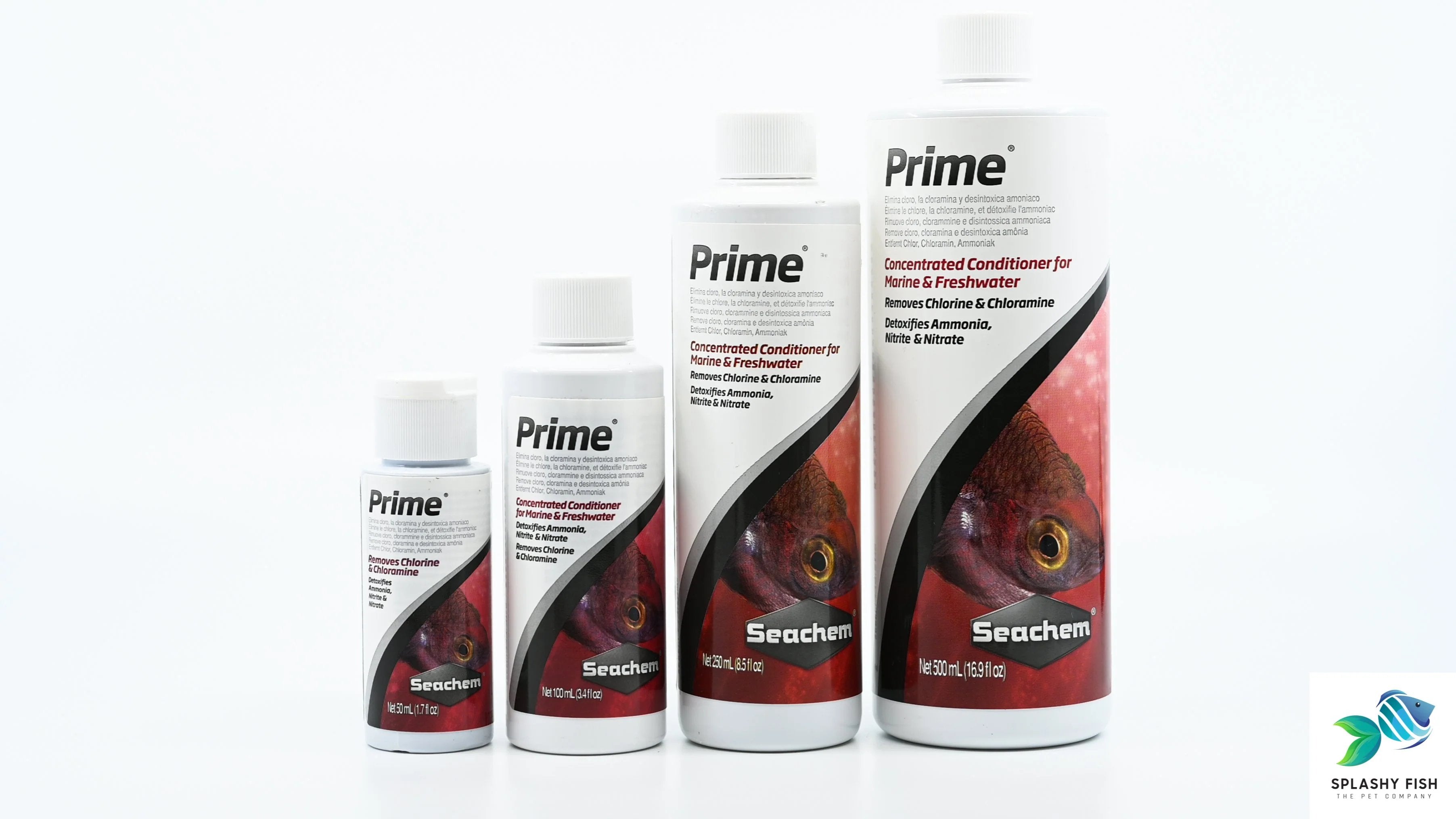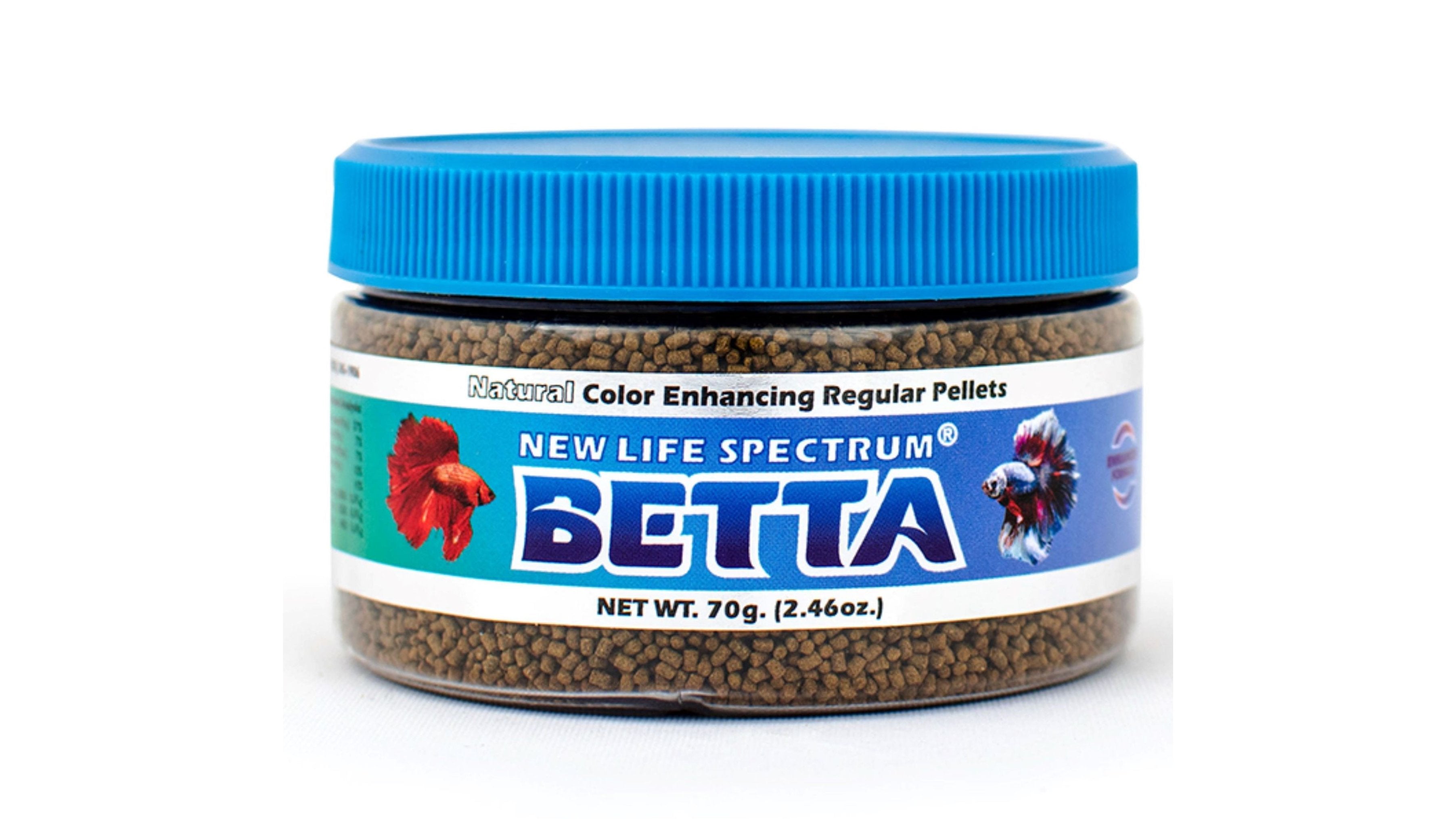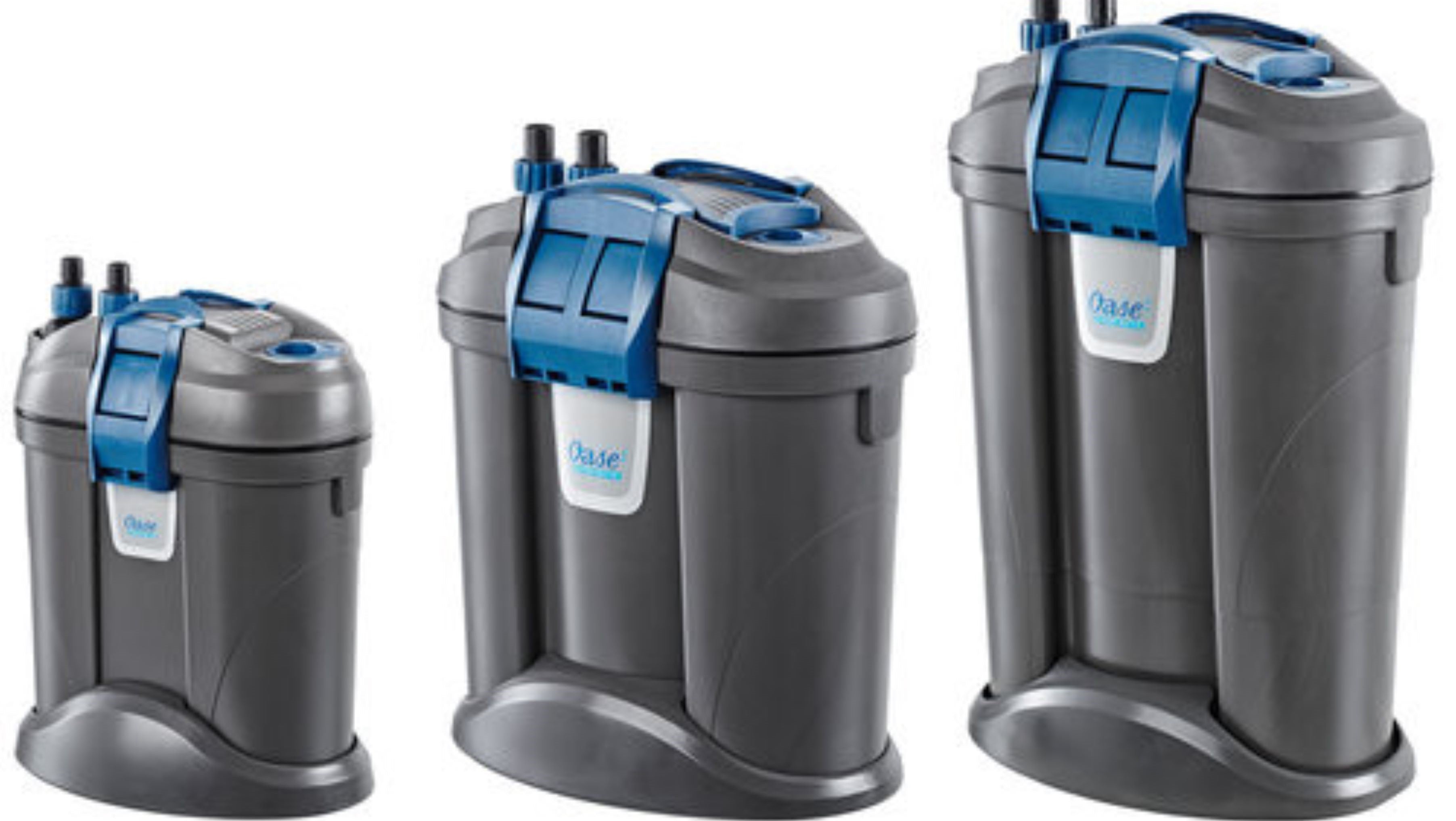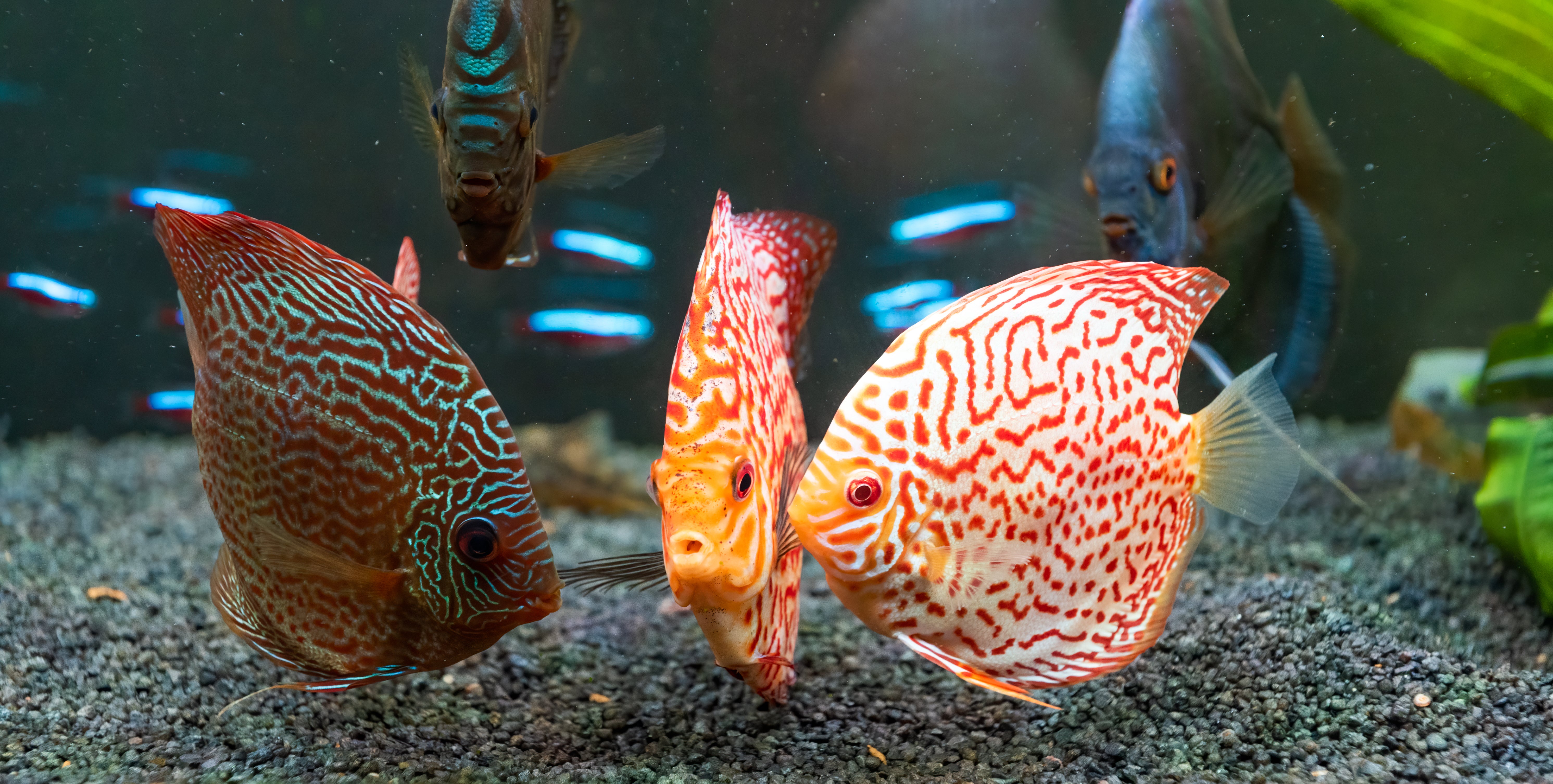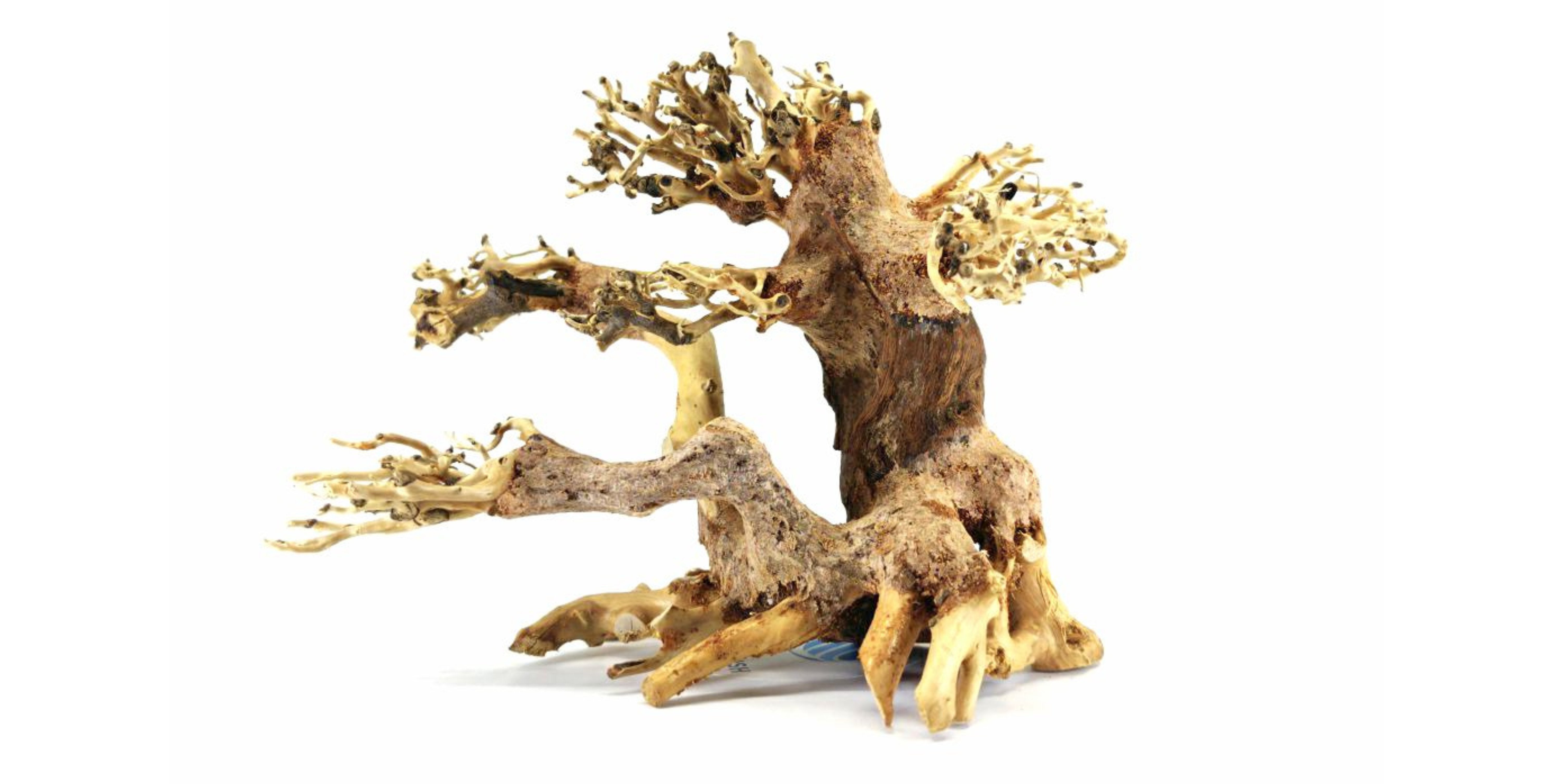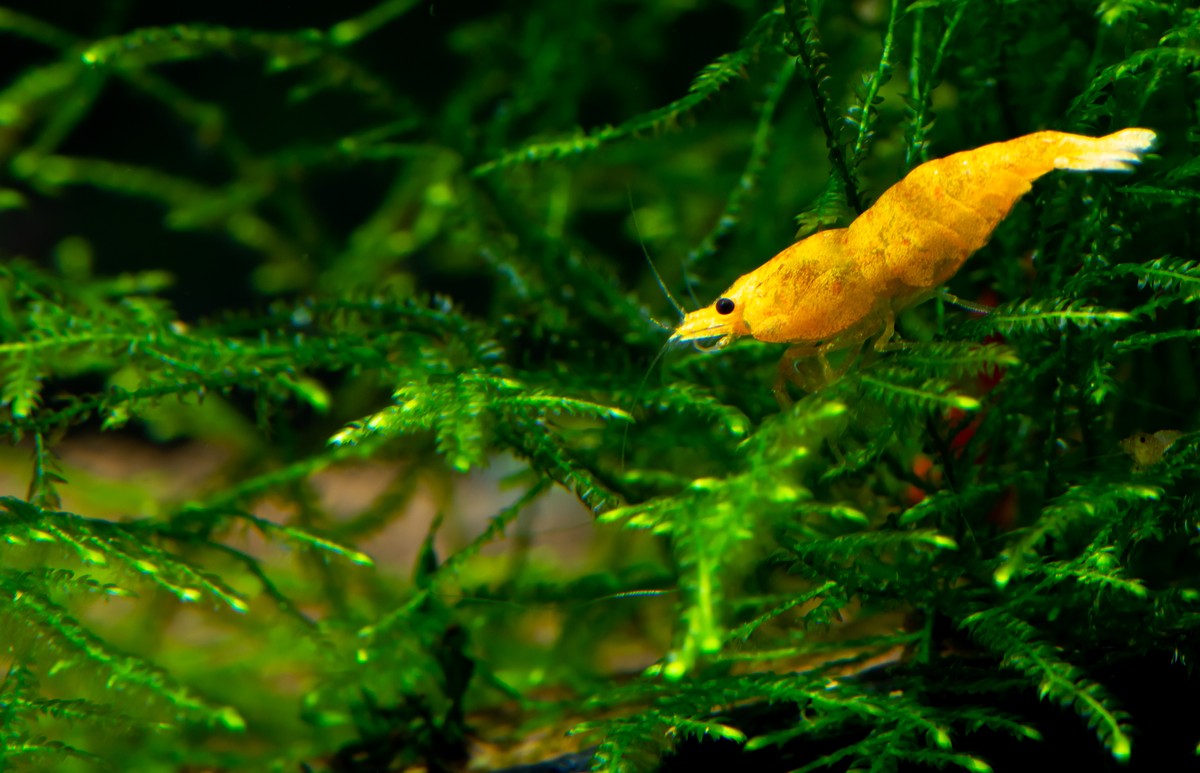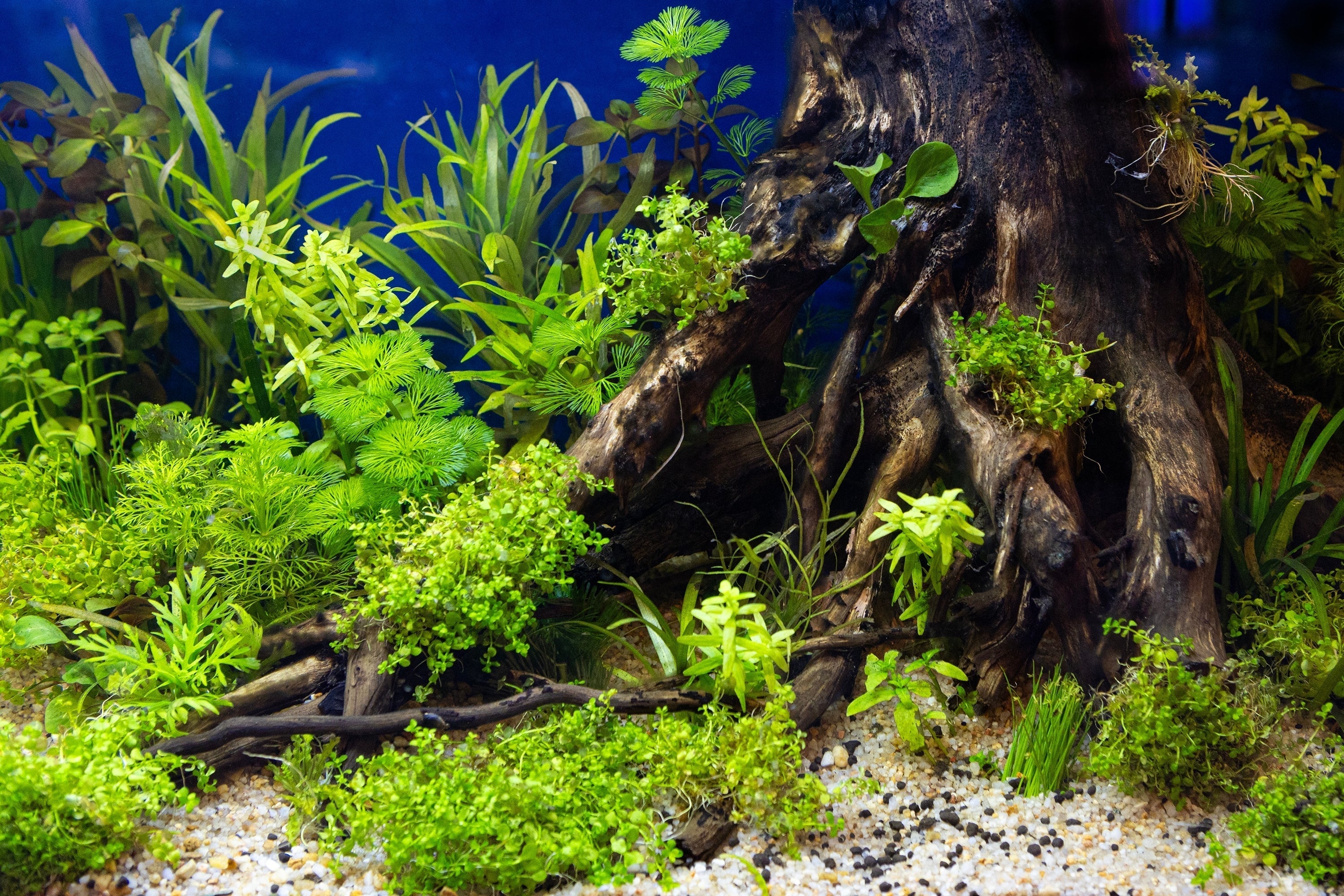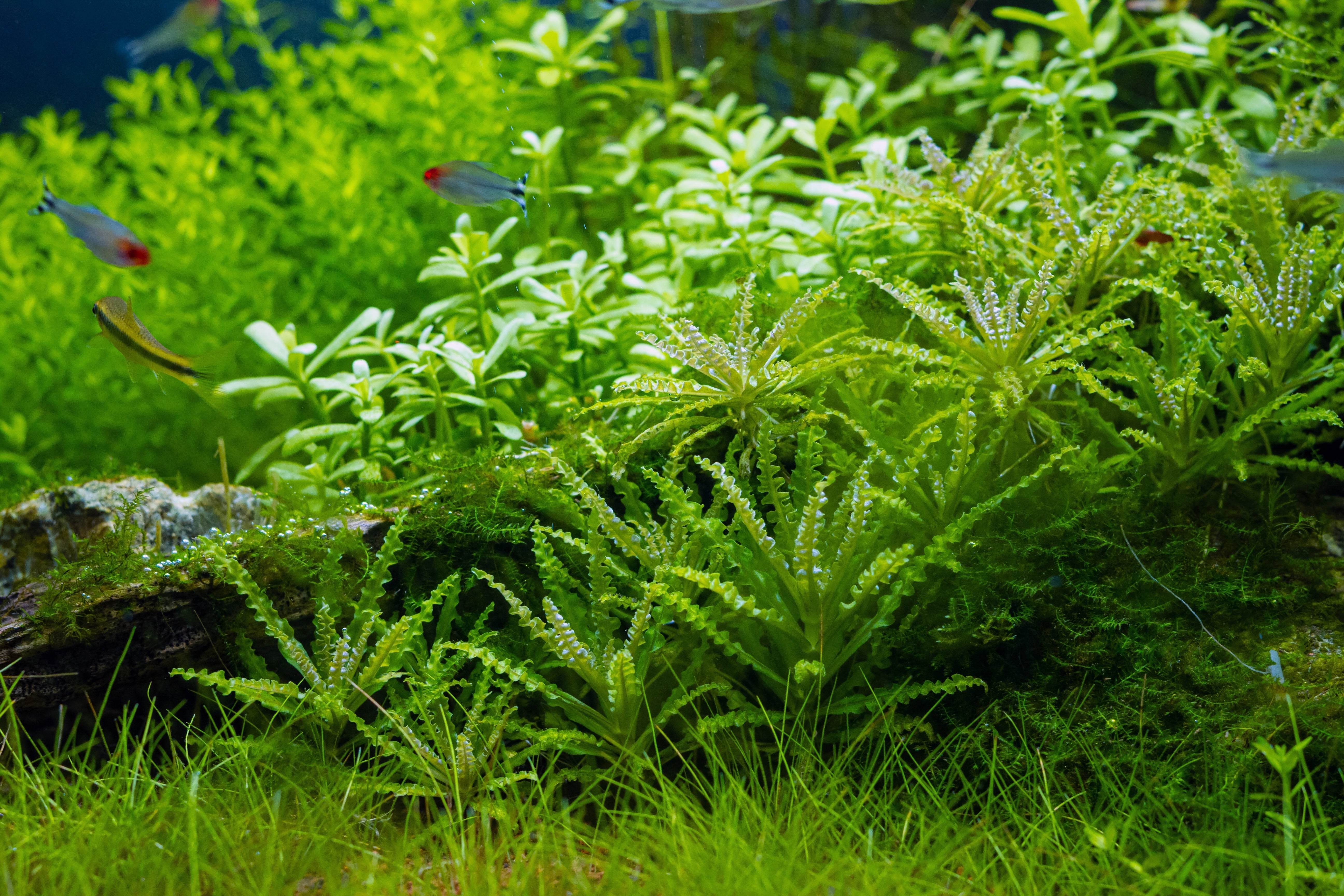Table of Contents
If you're looking to bring a touch of nature's elegance to your aquarium, Java Moss is your go-to solution. This versatile aquatic plant not only enhances the beauty of your underwater landscape but also provides critical habitats for fish and beneficial microorganisms. Imagine the delight of watching your aquatic life thrive among lush green carpets of Java Moss, creating a vibrant ecosystem right in your home. This ultimate guide will walk you through everything you need to know about growing Java Moss, from choosing the right environment and lighting to tips on maintenance and propagation. Whether you're a seasoned aquarist or a beginner, you'll discover how to harness the full potential of this easy-to-care-for plant, ensuring your aquarium flourishes like never before. Dive in and transform your aquarium into a verdant haven with the enchanting charm of Java Moss!
Origin and Characteristics of Java Moss
Native to Southeast Asia, Java Moss (Taxiphyllum barbieri) is a hardy aquatic Moss that naturally grows on rocks, tree trunks, and submerged surfaces in rivers and streams. It belongs to the Hypnaceae family and is known for its ability to thrive in various water conditions.
Java Moss plant has small, irregularly branched stems covered with tiny, overlapping leaves. Unlike traditional rooted plants, Java Moss does not have true roots. Instead, it attaches to surfaces using rhizoids, which help anchor it but do not absorb nutrients. This means that Java Moss obtains all of its nutrients directly from the water column.
Java Moss is commonly mistaken for other Moss species, but its fast growth rate, adaptability, and ability to survive in diverse environments make it one of the most sought-after aquatic plants.

Why Should You Have Java Moss for Your Aquarium?
Easy to Grow
Aquarium Java Moss requires minimal care and thrives in a variety of conditions. It does not need special substrates, fertilizers, or CO2 injection, making it an excellent choice for beginners. Even without special attention, Java Moss can establish itself and grow, making it an ideal plant for low-maintenance tanks.
Ideal for Aquascaping
Whether you want a Moss carpet, tree, or wall, Java Moss is highly adaptable. You can attach it to rocks, driftwood, or mesh, or even let it float freely in the water. Aquascapers use Java Moss to create unique underwater landscapes, adding depth and texture to their tanks.
Great for Fry and Shrimp
The dense foliage provides shelter for fish fry and shrimp such as Yellow goldenback shrimp, helping them stay safe from predators while also offering a surface for biofilm growth, which serves as a natural food source. Breeders often use Java Moss as a breeding ground since its fine structure provides a safe hiding spot for eggs and newly hatched fry.
Enhances Water Quality
Java Moss absorbs excess nutrients, reducing algae growth and improving water conditions by acting as a natural filter. By pulling nitrates and other harmful substances from the water, Java Moss contributes to a healthier aquarium environment.
Aesthetic Appeal
The lush green color of Java Moss enhances the overall beauty of any aquarium tank, providing a natural and serene environment for aquatic life. The soft, flowing texture of Java Moss can transform a plain tank into a thriving aquatic ecosystem.
Java Moss Care Requirements
Lighting
Java Moss does not require intense lighting and can survive in low to moderate light conditions. However, the type and intensity of light can affect its growth rate:
- Low light: Java Moss will grow slowly and may appear darker in color. It may also develop a looser, less compact structure.
- Moderate light: This is the ideal condition for healthy Java Moss growth, producing vibrant green foliage and promoting a dense, lush appearance.
- High light: While Java Moss can grow faster under intense lighting, excessive light can lead to algae growth, which can smother the Moss and negatively impact its health. If you use high light, be sure to maintain good water circulation and regular tank cleaning to prevent algae buildup.
Temperature
Java Moss is extremely adaptable and can survive in a temperature range of 59-86°F (15-30°C). However, it thrives best between 68-75°F (20-24°C), where it exhibits steady and healthy growth.
- At lower temperatures, Java Moss grows slower but remains healthy.
- At higher temperatures, growth speeds up, but the plant may become more fragile and susceptible to algae growth.
Tank Parameters
To ensure optimal growth, consider the following water parameters:
- pH: 6.0-8.0 (slightly acidic to neutral water is best)
- Hardness: Soft to moderately hard water
- Water Flow: Low to moderate flow is ideal. Strong currents can dislodge the Moss from its attachment points, while stagnant water may cause debris buildup.
- Water Changes: Regular water changes help prevent debris accumulation on Java Moss, keeping it healthy and free from algae.
Substrate
Java Moss does not require a substrate to grow. It can be attached to driftwood, rocks, decorations, or mesh to create different aquascaping effects. If left floating, it will still grow but may form tangled clumps that require occasional separation.
Fertilizers
While Java Moss can survive without additional fertilizers, adding liquid fertilizers containing micronutrients such as iron and potassium will boost its growth. It does not require CO2 injection, but CO2 supplementation can accelerate growth and improve overall health.

Trimming and Propagating Java Moss
Trimming
Trimming is essential for Java Moss care to prevent overgrowth and maintain its shape. To trim Java Moss effectively:
- Use sharp scissors to cut away excess growth, shaping it according to your desired design.
- Remove any dead or brown portions to maintain its health and avoid decomposition.
- Trimming Java Moss in aquarium also encourages denser growth, making it more visually appealing and preventing excessive clumping.
Propagating
Java Moss naturally propagates by fragmentation. When trimmed, the cut pieces will grow into new patches if attached to a surface or left floating in the tank. To propagate Java Moss:
- Collect trimmed pieces and secure them to rocks, driftwood, or mesh using a fishing line, cotton thread, or glue.
- Keep them in a well-lit area with gentle water flow to encourage growth.
- Over time, the Moss will attach to the surface and expand, creating lush green coverage.
Enhance Java Moss Tank with Other Plants and Decorations
Live Aquatic Plants
Pairing Java Moss with other easy-to-grow aquatic plants enhances the visual appeal and provides additional benefits for aquatic life. Some great companions include:
- Anubias: A slow-growing plant with broad leaves that provide shade for Java Moss.
- Java Fern: Another low-maintenance plant that thrives in similar conditions.
- Bucephalandra: Adds variation to the tank with its unique leaf shapes and colors.
- Cryptocoryne: Complements Java Moss with its vibrant foliage.
- Marimo Moss Balls: Another form of aquatic greenery that pairs well with Java Moss.
Aquarium Decorations
Java Moss can be attached to decorations to create unique aquascaping designs, such as:
- Moss Walls: Attach Java Moss to mesh and place it against the back of the tank for a stunning green wall effect.
- Moss Trees: Tie Java Moss to driftwood branches to mimic a miniature underwater tree.
- Moss Carpets: Secure Java Moss to flat stones or mesh at the bottom of the tank to create a lush carpet effect.
Conclusion
Java Moss is an incredibly versatile plant that enhances aquariums in multiple ways. Whether used for aquascaping, providing shelter for small freshwater fish, or improving water quality, Java Moss in aquariums is a fantastic addition to any setup. With minimal effort, you can cultivate a vibrant, lush aquatic environment that thrives with Java Moss at its core.
By following this comprehensive guide for Java Moss care in aquarium, you can enjoy a thriving, beautiful aquarium with lush Java Moss as the centerpiece of your underwater ecosystem!
Visit Splashy Fish tropical fish store for high-quality Java Moss for sale and other aquarium plants for sale with the best price. You can order them online or visit us at aquarium store in Virginia for more freshwater fish for sale, betta fish for sale, freshwater shrimp for sale, and aquarium supplies.
Java Moss Care Frequently Asked Questions (FAQs)
Why is my Java Moss turning brown?
Java Moss can turn brown due to poor water quality, insufficient lighting, or excessive algae buildup. If your Java Moss is browning, first check your water quality. High nitrate levels and a lack of regular water changes can cause the Moss to deteriorate. Additionally, inadequate lighting can slow growth and lead to browning. Too much algae buildup on Java Moss can also block light and suffocate the aquatic plant. To resolve this, ensure regular maintenance, provide moderate lighting, and remove any excessive algae.
Can Java Moss grow without CO2?
Yes, Java Moss can grow without CO2 injection. This plant is highly adaptable and thrives in low-tech aquariums where CO2 supplementation is not provided. However, adding CO2 can improve the plant’s health, accelerate its growth, and create a more vibrant green appearance. If you want your Java Moss to spread faster and develop a lush, dense form, CO2 can be beneficial, but it is not necessary for its survival.
When should I trim Java Moss?
Trimming Java Moss is essential to keep it looking neat and to prevent overgrowth that could lead to poor water circulation and algae accumulation. You should trim Java Moss every few weeks to maintain its shape and encourage healthy new growth. If it starts blocking light from reaching other plants or begins detaching from surfaces, it’s a good time to trim it. Regular trimming also helps prevent debris buildup, ensuring a cleaner, healthier tank environment.


